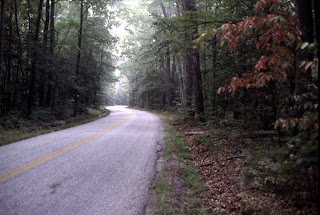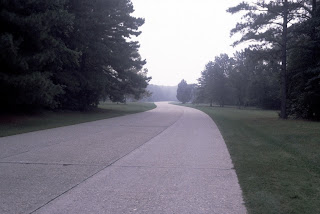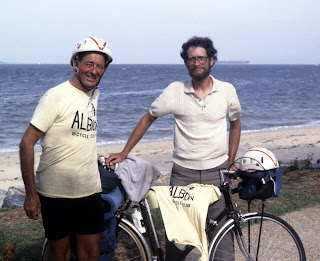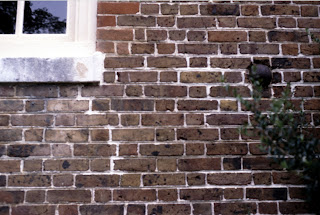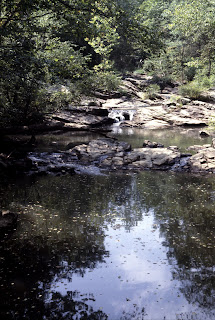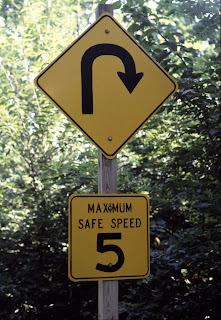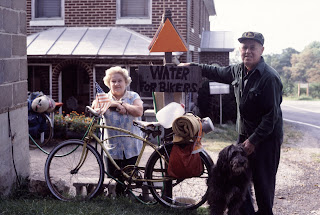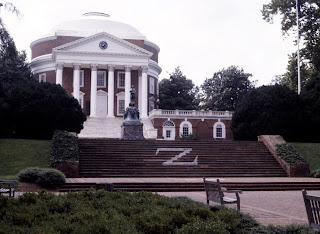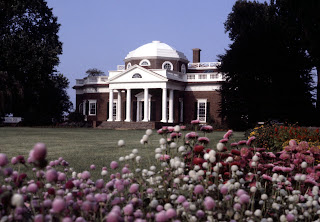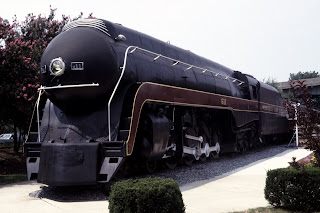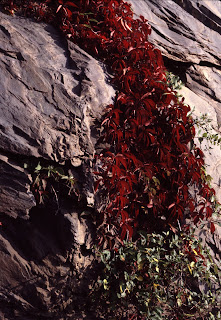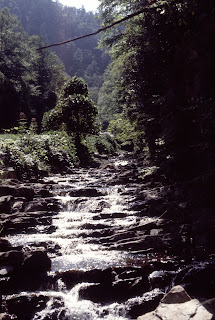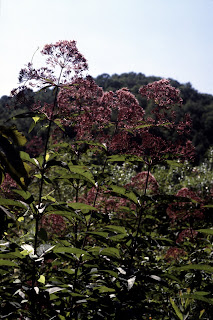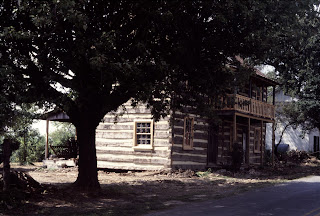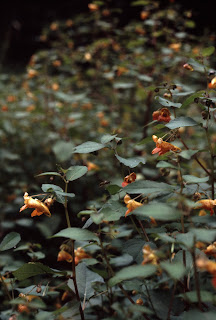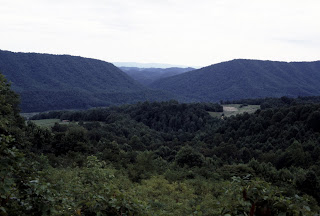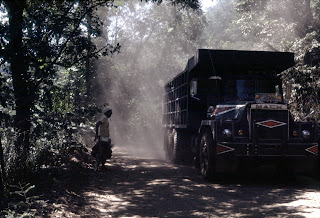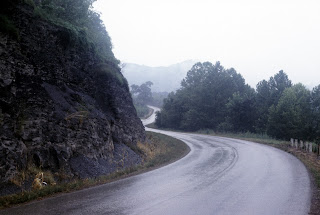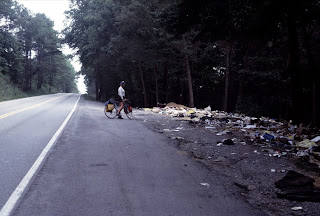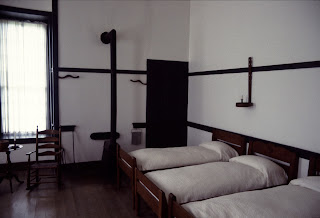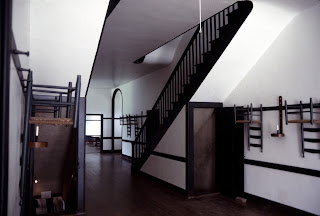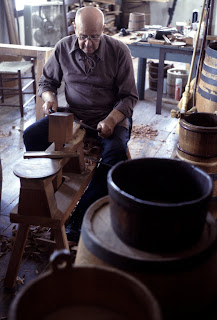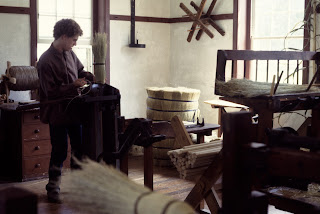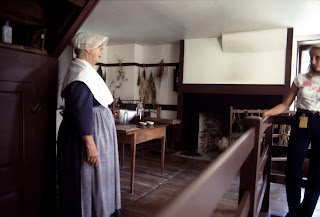Day 70: Sunday, August 30, 1981
Williamsburg
I slept in this morning. I wonder why. I had planned to rise early and beat all the tourists to Williamsburg, but it was close to 10:00 when I got there. As it turned out, that was fine.
The Information Center seemed like a good place to start. It was. It was there that I met a girl of the opposite sex. (She was on a bicycle, of course.) I ended up spending the day with her. She ended up inviting me to Virginia Beach, Atlanta, and Cleveland. (She has a summer job as a student physical therapist in Virginia Beach, has a brother in Atlanta, and goes to school in Cleveland.) That took care of my ride home. Today, we toured Williamsburg together.
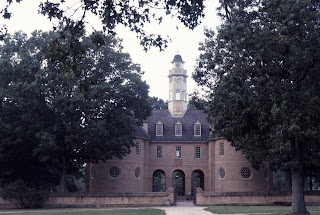 |
|
The Capitol. Williamsburg was the capital of Virginia from 1699 until 1779. |
In 1699, the Virginia capital was changed from Jamestown to Middle Plantation, which was renamed Williamsburgh. It remained the capital until 1779, when the government moved its offices to Richmond. After that, Williamsburg declined into a sleepy little town, its buildings decaying.
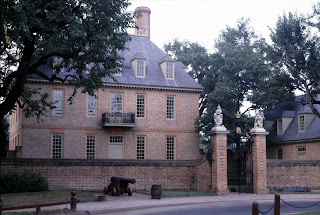 |
| The Governor's Palace, built in 1722 |
Then, in 1926, John D. Rockefeller Jr., having become aware of the historical value of the 88 remaining original buildings, set up a $60 million trust fund for the purpose of preserving Williamsburg's historical and cultural heritage. Today, Colonial Williamsburg is a foundation which owns, maintains, reconstructs, and preserves the original part of the town.
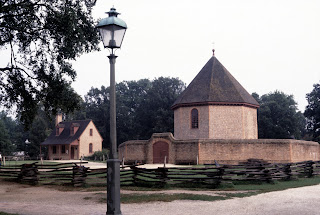 |
| The Magazine |
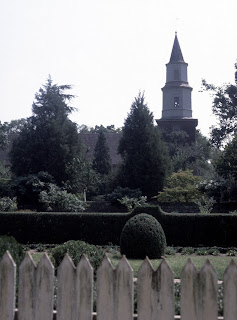 |
| The spire of Bruton Parish Church rises over some formal gardens. |
 |
| You can actually buy the stringed instruments made here. |
In others, colonial crafts are demonstrated. In one shop, several craftsmen make stringed instruments, using 18th-century tools. Violins, guitars, lutes, and so on are made to order. A typical violin requires about 250 hours labor, and sells for $2000 or more. Other crafts included printing, bookbinding, wigmaking, pewtermaking, and on and on. The rest of the houses in the historical district, although owned by the foundation, are private residences, usually for C.W. employees.
 |
| The inmates are colorfully attired,... |
Afternoon showers drove away most of the tourists, but I put on my rain gear and stayed around. In front of Chowning's Tavern, I talked with the porter and two chambermaids. One was a student at William and Mary College; another had just graduated. Their costumes are provided and maintained by the organization, and are individually tailored.
 |
| ...and are quite cheerful,... |
 |
| ...showing no propensity to escape. |
On the way out of town, I grabbed a sub and a beer at a deli. That's why this handwriting is not so good. But since I'm going to type it up anyway, you won't have to decipher this mess. So I ain't neat. Tomorrow, on to Jamestown.
